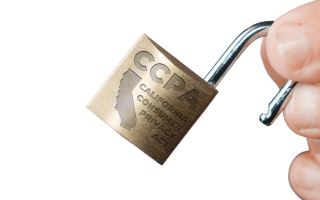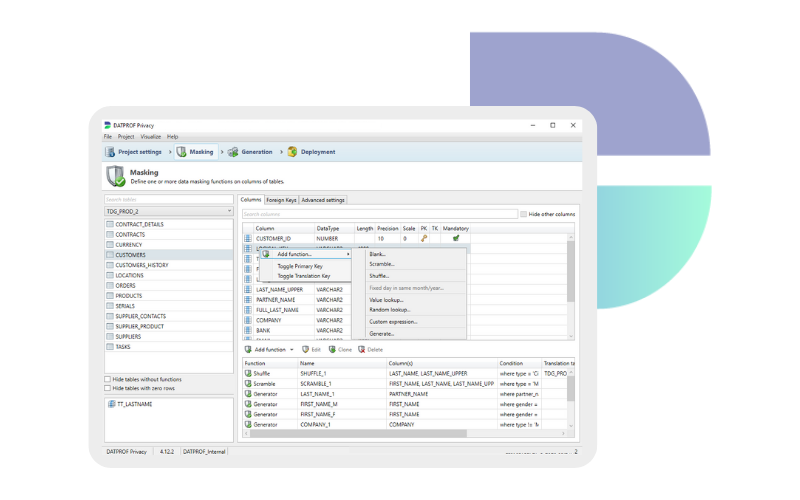CCPA Compliance: A Guide for Software Teams on Data Privacy
The California Consumer Privacy Act (CCPA) has really changed the game for those of us in software development. It’s all about keeping personal data safe and giving people more control over their info. For us working in software, this means we’ve got to be sharp about these rules. It’s not just about following laws; it’s about making sure we’re doing right by our users. So, understanding and getting CCPA right is super important – it’s not just legal stuff, it’s about keeping trust with our customers and making sure we’re on top of our game in data privacy.

What is CCPA and How Does it Affect Software Development?
So, you’ve heard about the California Consumer Privacy Act (CCPA). It’s this relatively new set of rules in California that’s giving people more say over their personal data. They can now check out what info is collected about them, ask to have it deleted, or even say no to having it sold. For those of us in software, this is huge. It means we’ve got to be extra careful with how we handle user data in our projects.
The CCPA doesn’t explicitly address the use of personal data for development and testing. However, the general principles of the CCPA regarding data privacy and consumer rights apply. This means that businesses should minimize the use of real personal data in these contexts to comply with the law’s broader intent of protecting consumer privacy. Employing techniques like data anonymization (data masking or synthetic data generation) can help meet CCPA’s privacy standards while using data for development and testing purposes.
Data Anonymization for CCPA Compliance
Data anonymization is very helpful for software teams under CCPA. It’s about cleverly transforming sensitive data to keep it useful for development and testing, while securing personal information. There are two main strategies for this: data masking and synthetic data generation.
Data masking for CCPA compliance
Data masking, a form of data anonymization, involves modifying sensitive data so that it remains usable for software development and testing, but personal details are obscured. This process ensures compliance with CCPA (and other laws and regulations like GDPR, PCI and HIPAA) by protecting individual privacy, while still allowing teams to work with data that closely reflects real-world scenarios. The key is to retain the data’s functional value without compromising personal information, balancing operational needs with privacy concerns.
Benefits of Data Masking:
- Security Enhancement: Lowers the risk of data breaches.
- Compliance with Regulations: Keeps your work in sync with CCPA rules.
- Efficient Operations: Allows realistic test data use while reducing privacy risks significantly.
Advancing CCPA Compliance with Synthetic Data Generation
Synthetic data generation is about creating new, artificial data. This data mimics real patterns but is entirely fictional, thus posing no privacy risks. It’s an innovative approach for compliance. However, it’s not without its challenges. Crafting synthetic data that accurately represents real-world complexities can be a tall order, needing in-depth knowledge of data intricacies. Also, it’s resource-heavy in terms of computing and expertise.
Advantages of Synthetic Data:
- Risk-Free Testing: No real data, no privacy issues.
- Realistic Test Environments: Offers varied and authentic data scenarios.
- Flexibility: Ideal when real data use is not an option.
At DATPROF, we view synthetic data generation as a complement to data masking, not a standalone solution. In most cases, combining both anonymization approaches offers a more robust and effective path to compliance and data privacy.
Balancing Innovation and Privacy in Software Development
In software development, sticking to CCPA rules doesn’t mean putting a brake on creativity. By mixing in data masking and synthetic data generation, teams can keep sensitive info safe without messing up their workflow. Data masking tweaks real data for use in development, keeping personal details under wraps. On the flip side, synthetic data generation brings in completely safe, made-up data that still feels real. This one-two punch lets teams keep pushing the envelope in software innovation while playing it safe with data privacy laws and keeping things running smoothly.
Steps for Effective Compliance:
Alright, let’s talk about making CCPA compliance a reality. It’s not just about knowing the rules; it’s about putting them into action.
- Assess your data handling: First things first, take a good look at how you’re dealing with data. Are you handling personal info the way CCPA wants you to? It’s all about making sure you’re not stepping over any lines.
- Implement the right tools: Time to get your hands on tools that make compliance easier. Data masking and synthetic data generation are your best bets. They’re like the superheroes of data privacy, keeping personal info under wraps while you do your thing.
- Educate your team: It’s super important that everyone on your team gets what CCPA is all about. Make sure they know the dos and don’ts, so everyone’s playing by the same rules.
Conclusion: Embracing CCPA Compliance as an Opportunity
So, here’s the thing: CCPA might seem like a big, scary set of rules, but it’s actually a chance to step up your game. By using data masking and synthetic data generation, you’re not just keeping on the right side of the law; you’re also building trust with your users. And hey, who doesn’t want to be known for keeping data safe and sound? Embrace CCPA, get creative with your data solutions, and watch your software development soar!

Book a meeting
Schedule a product demonstration with one of our TDM experts

